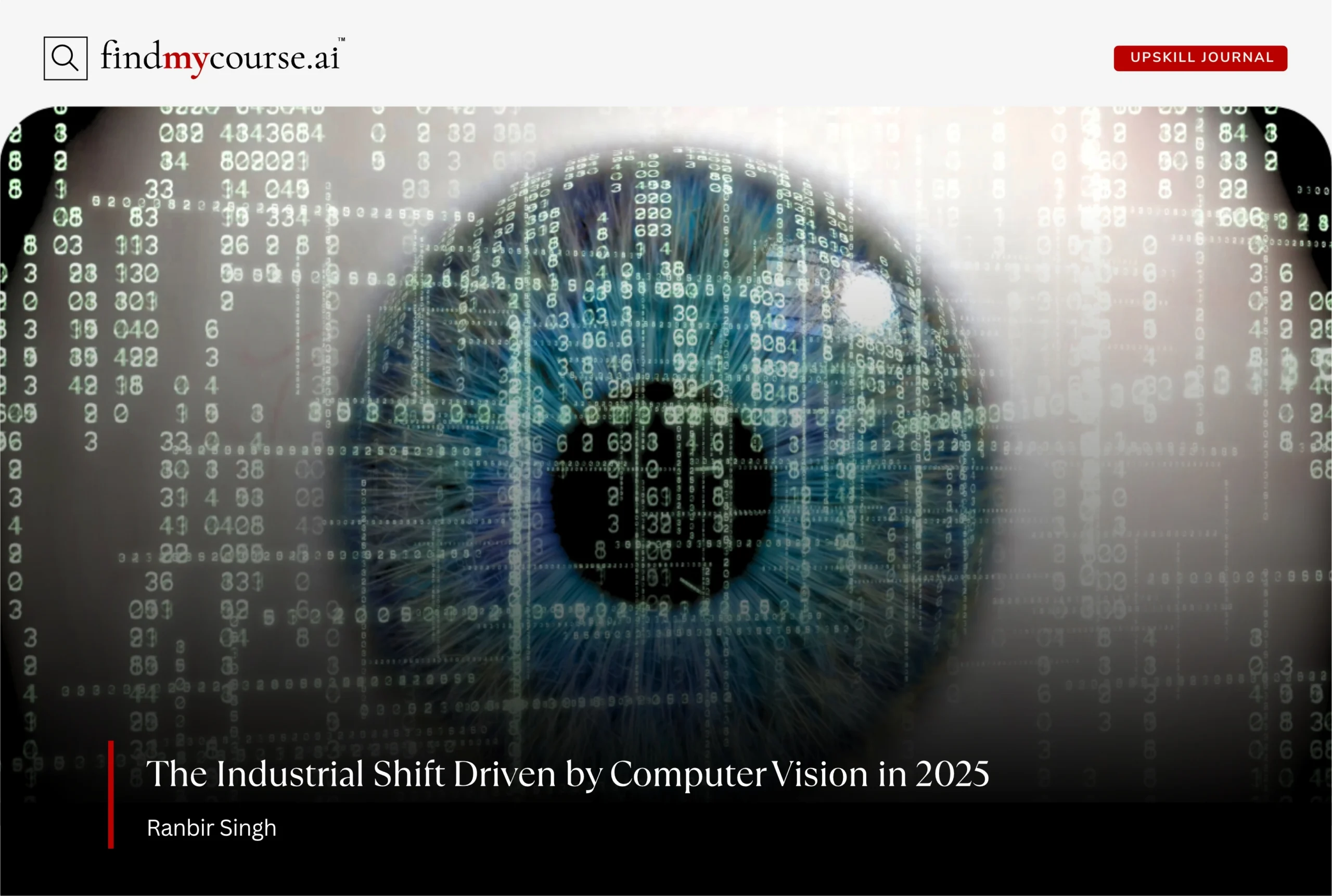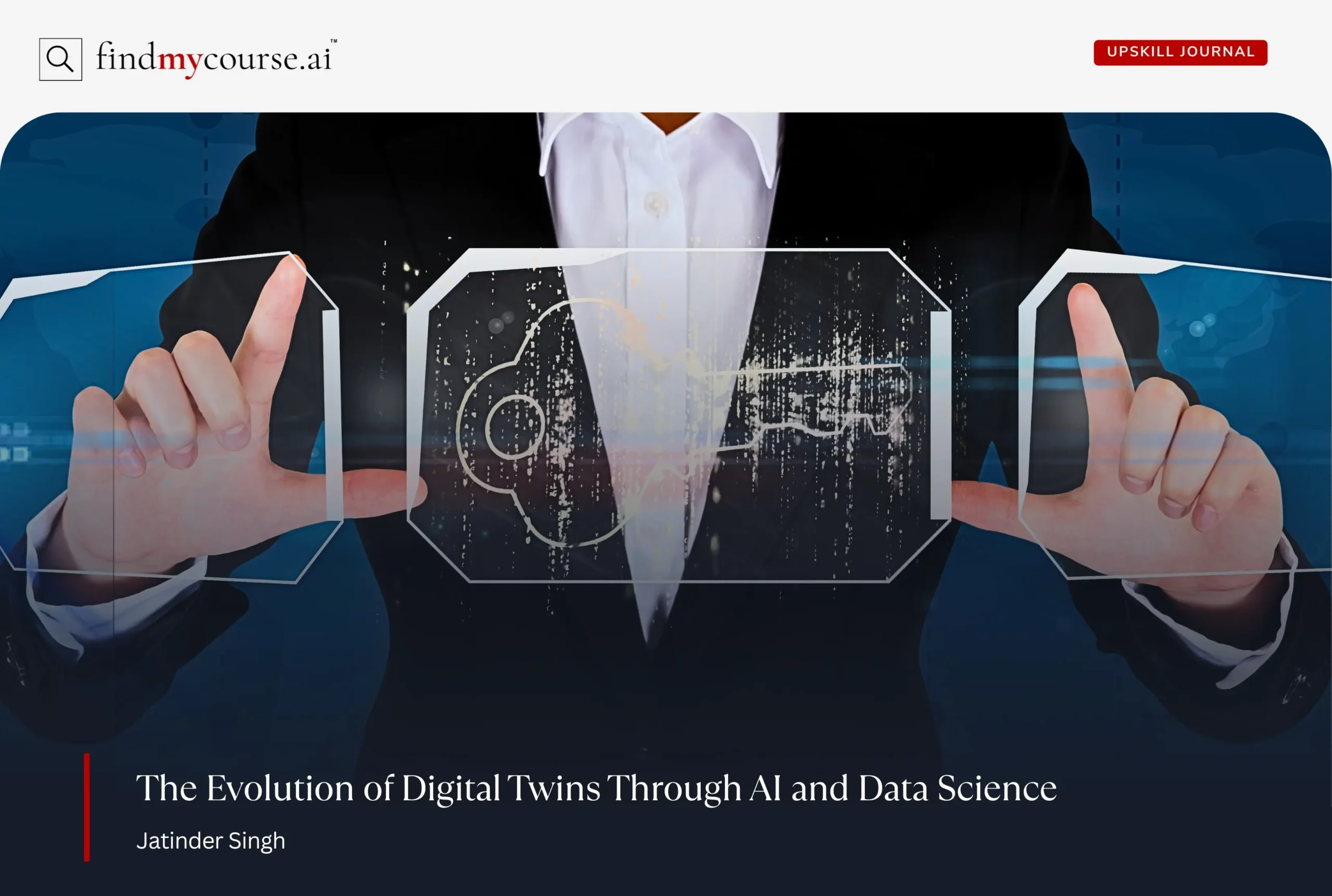Imagine a world where machines can see like humans—only faster, more accurately, and tirelessly. That’s not science fiction. It’s happening right now, thanks to a powerful technology called Computer Vision.
From self-driving cars to intelligent robots inspecting goods on factory lines, Computer Vision is rapidly revolutionizing the way industries operate. In this article, we’ll break down what this technology is, how it’s reshaping sectors from healthcare to agriculture, and why it matters to you. Whether you’re simply curious or looking to learn and grow in this field, now is the perfect time to start exploring what Computer Vision can do.
What Is Computer Vision, Really?
At its core, Computer Vision is a branch of artificial intelligence (AI) that enables machines to interpret and understand visual data—such as images, videos, and real-time camera feeds.
Just as humans use their eyes and brain to make sense of the world, Computer Vision gives “eyes” to machines—only these eyes don’t blink, never tire, and can analyze thousands of visuals in milliseconds.
It’s the technology behind:
- Face recognition that unlocks your phone
- Autonomous vehicles navigating traffic
- Smart retail stores that eliminate checkout lines
- Medical tools that detect disease earlier than ever
Ultimately, it turns raw visual input into meaningful insights—and smart decisions.
The Industrial Power of Computer Vision
From hospital rooms to warehouse floors, Computer Vision is driving a new era of automation and intelligence. Moreover, it’s not just enhancing operations—it’s redefining what’s possible across major industries. Here’s how it works in the real world:
Healthcare: Seeing What the Human Eye Might Miss
In modern medicine, accuracy and timing can mean the difference between early treatment and a missed diagnosis. Computer Vision is becoming a trusted partner to doctors and radiologists by providing a second layer of insight.
Hospitals and clinics are using vision-based AI to:
- Detect tumors, fractures, and abnormalities in X-rays, MRIs, and CT scans with high precision
- Analyze diagnostic images in real time, reducing wait times and improving patient outcomes
- Assist in surgeries with real-time imaging and robotic guidance, ensuring more precise procedures
These tools help clinicians catch conditions earlier, treat patients faster, and reduce diagnostic errors—without replacing human expertise.
Manufacturing: Smarter, Faster, Flawless
In manufacturing, even the smallest defect can lead to wasted materials, recalls, or lost customers. Computer Vision systems serve as tireless inspectors, monitoring every stage of production.
Modern factories are deploying cameras and AI to:
- Detect surface flaws like cracks, dents, or discoloration in milliseconds
- check that each component is in the correct position to ensure assembly accuracy
- Track production metrics, flag bottlenecks, and predict equipment failures before they happen
The result is a smarter, more efficient workflow with higher product quality and reduced downtime.
Retail: No Lines, No Scanning, No Hassle
Retailers are using Computer Vision to deliver futuristic shopping experiences today. Beyond eliminating checkout lines, vision technology provides deep insights into customer behavior.
In both physical and online stores, vision systems are used to:
- Monitor what shoppers pick up in real time and charge them automatically
- Track foot traffic patterns to optimize product placement and store design
- Prevent theft with intelligent surveillance that recognizes suspicious activity
- Personalize offers by recognizing repeat customers and understanding purchase habits
Thus, it’s a retail experience reinvented—with greater convenience for customers and data-driven decisions for businesses.
Agriculture: High-Tech Farming from Sky to Soil
Agriculture may be rooted in tradition, but it’s becoming one of the most tech-forward industries thanks to Computer Vision. Drones, satellites, and field-deployed sensors are giving farmers a bird’s-eye view—and microscopic precision.
Farmers now use visual AI to:
- Scan vast fields from above to assess plant health, growth rates, and hydration
- Detect early signs of pests, disease, or nutrient deficiency—often before symptoms are visible
- Automate harvesting by identifying ripe crops and guiding robotic pickers
These tools enable data-driven farming that maximizes yield, reduces resource waste, and promotes sustainability.
Logistics: Keeping the World Moving
As online shopping becomes the norm, the pressure on supply chains is enormous. Vision-powered logistics systems help move packages quickly, safely, and accurately.
Warehouses and delivery hubs use it to:
- Identify, scan, and sort packages based on size, label, or destination
- Guide autonomous robots and forklifts through crowded warehouse floors
- Inspect packaging for signs of damage before shipments leave the facility
These technologies reduce delays, prevent losses, and ensure greater reliability in global shipping networks.
Why Is Computer Vision Growing So Fast?
Computer Vision is no longer limited to labs and prototypes—it’s becoming a commercial powerhouse. According to Grand View Research, its global market is expected to grow by almost 20% every year and could reach around $58 billion by 2030. This fast growth is happening because the technology is getting better, the hardware is cheaper, and more companies are using it to work faster and smarter.
Let’s explore the key factors behind this rapid rise:
Affordable, Scalable, and Smart
High-resolution cameras, sensors, and edge processors have become significantly cheaper, making it easier for businesses of all sizes to adopt vision systems.
AI Breakthroughs Behind the Boom
Modern deep learning models—especially convolutional neural networks (CNNs)—can now learn complex visual patterns from massive datasets, enabling highly accurate image recognition and analysis.
Meeting Modern Efficiency Demands
With rising labor costs and global talent shortages, many industries are turning to automation to maintain productivity and competitiveness.
Fast and Flexible Deployment
Once trained, a single vision model can be deployed across thousands of devices—factories, cameras, robots—with minimal reconfiguration, allowing for rapid scaling.
The Human Side: Challenges and Considerations
As with any transformative technology, the rise of Computer Vision brings important ethical and societal questions that must be addressed:
- Jobs and workforce shifts: Automation may reduce certain repetitive tasks but will also create new roles in AI development, robotics, and ethical oversight. Education and reskilling are crucial.
- Privacy concerns: Vision systems often collect large amounts of data—sometimes without clear user awareness. Responsible deployment requires consent and strong data protection.
- Bias and fairness: AI models must be trained on diverse datasets to avoid biased outcomes, particularly in sensitive areas like healthcare or security. Transparent, inclusive design is essential.
In the end, the long-term, its success will depend not just on how smart the technology becomes—but on how thoughtfully we choose to use it.
Final Thoughts
Computer Vision isn’t just a high-tech idea anymore—it’s a powerful tool that’s changing how we live, work, and solve everyday problems. Whether you’re running a business or planning your career, knowing this technology is a smart move. It’s not just about machines “seeing”—it’s about helping them understand and take action.
Start with beginner-friendly courses like IBM’s Computer Vision and Image Processing Fundamentals on edX or dive deeper with Columbia University’s First Principles of Computer Vision on Coursera. You can also explore hands-on projects using tools like Google Colab.
And whenever you need support, let our AI assistant guide you—helping you learn, build, and stay ahead in a world powered by vision.


